Table of Contents
Quality Service Guarantee Or Painting Free

Get a rental agreement with doorstep delivery

Find the BEST deals and get unbelievable DISCOUNTS directly from builders!

5-Star rated painters, premium paints and services at the BEST PRICES!
Loved what you read? Share it with others!
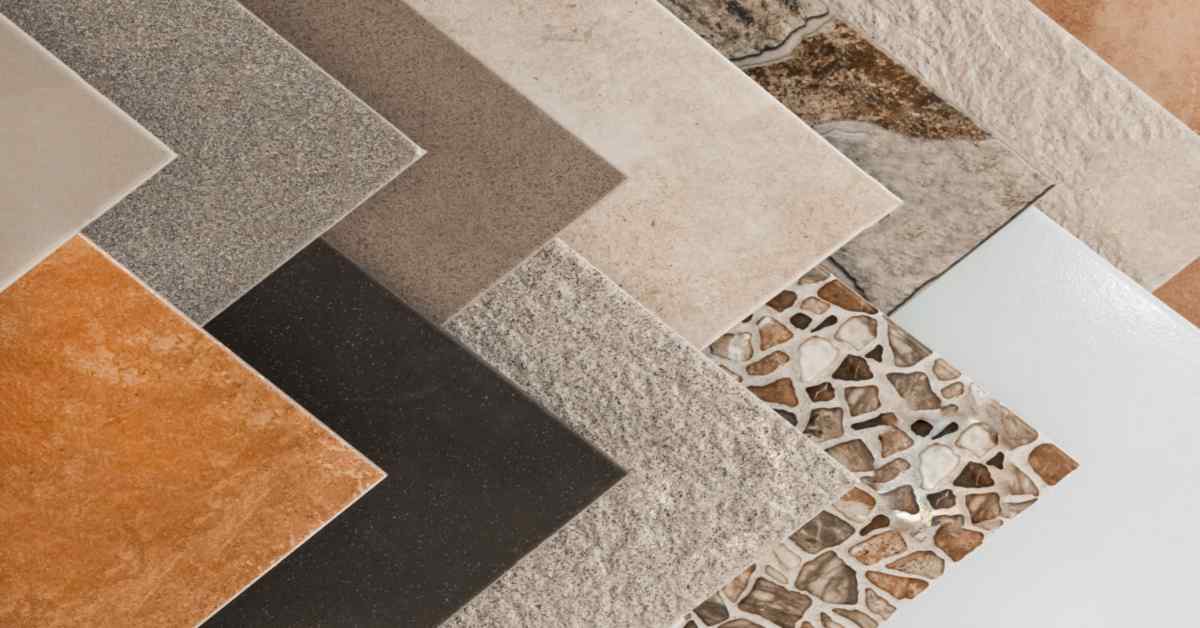

Submit the Form to Unlock the Best Deals Today
Check Your Eligibility Instantly

Experience The NoBrokerHood Difference!
Set up a demo for the entire community
Ceramic Tiles vs Vitrified Tiles - Understanding the Differences
Table of Contents
When it comes to choosing the right flooring option for your home or office, ceramic tiles and vitrified tiles are two popular choices. While both offer various advantages, they have distinct differences in terms of composition, properties, and cost. In this blog, we will explore the dissimilarities between ceramic and vitrified tiles, helping you make an informed decision for your space.
What are Ceramic Tiles?
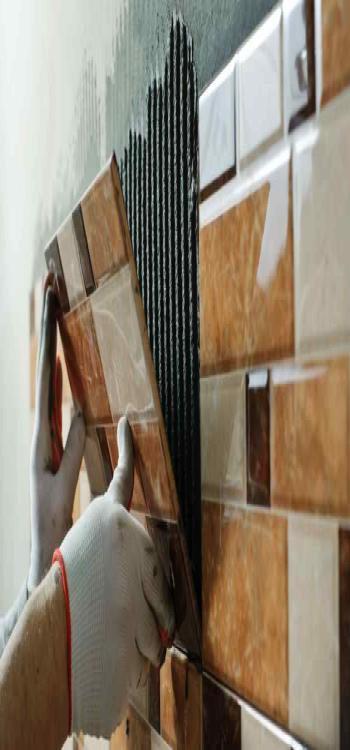
Ceramic tiles means tiles which are made from natural clay and other materials. They are kiln-fired, which gives them a porous texture. These tiles are well-known for their aesthetic appeal and are available in numerous colours, patterns, and designs.
What are Vitrified Tiles?
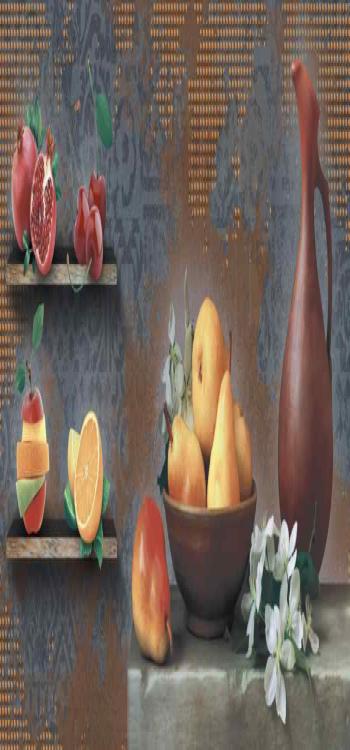
Vitrified tiles meaning is a type of ceramic tile with additional components like silica and quartz. They undergo a vitrification process, making them highly durable and less porous compared to regular ceramic tiles.
Quality Service Guarantee Or Painting Free

Get a rental agreement with doorstep delivery

Find the BEST deals and get unbelievable DISCOUNTS directly from builders!

5-Star rated painters, premium paints and services at the BEST PRICES!
How to Identify Ceramic and Vitrified Tiles?
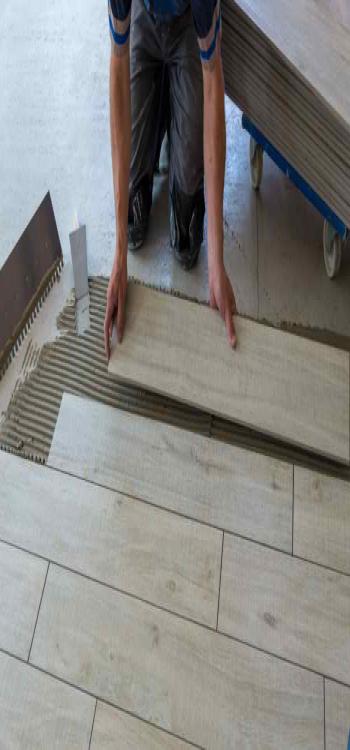
Identifying ceramic and vitrified tiles can be challenging as they may look similar, but there are specific methods to differentiate between the two. Here's how you can identify ceramic and vitrified tiles:
| Characteristic | Ceramic Tiles | Vitrified Tiles |
| Water Absorption | Quick absorption when water is dropped on the unglazed side. | Water remains on the surface without absorption for an extended period on the unglazed side. |
| Manufacturer Information | Look for labels or packaging details; may not specifically mention "ceramic". | Often labelled as “vitrified” or “fully vitrified”, with details on composition. |
| Visual Appearance | Rustic or handmade look, porous texture, colour and pattern variations. | Smoother, polished surface, uniform appearance, often mimicking natural stone. |
| Scratch Resistance | Softer, prone to scratching on performing a scratch test with a sharp object. | Harder, more scratch-resistant, less likely to get scratched during the test. |
| Quality and Thickness | Generally thinner, variable quality and finish. | Denser, consistent thickness, higher precision manufacturing, higher quality. |
| Sound on Tapping | Produces a duller sound due to porous structure when tapped with a knuckle. | Emits a clear, ringing sound, indicating higher density and solid composition. |
Ceramic Tiles vs Vitrified Tiles - Differences Between Ceramic and Vitrified Tiles

Ceramic tiles and vitrified tiles are two popular options for flooring and wall installations, each with its own set of characteristics and advantages. Understanding the differences between these two types of tiles will help you make an informed choice for your space. Let's explore the dissimilarities between ceramic and vitrified tiles:
1. Composition
Ceramic Tiles: While ceramic tiles are durable, they are best suited for areas with light to moderate foot traffic. High-traffic areas may lead to faster wear and tear.
Vitrified Tiles: Vitrified tiles are highly durable and can withstand heavy foot traffic and wear, making them suitable for commercial spaces and busy households.
2. Porosity
Ceramic Tiles: Due to their porous nature, ceramic tiles tend to absorb water and stains more readily. This makes them more suitable for indoor use in areas with lower exposure to moisture.
Vitrified Tiles: Vitrified tiles have low porosity, making them highly resistant to water, stains, and moisture. This feature makes them ideal for both indoor and outdoor use, including areas with high foot traffic.
3. Durability
Ceramic Tiles: While ceramic tiles are durable, they are best suited for areas with light to moderate foot traffic. High-traffic areas may lead to faster wear and tear.
Vitrified Tiles: Vitrified tiles are highly durable and can withstand heavy foot traffic and wear, making them suitable for commercial spaces and busy households.
4. Aesthetic Options
Ceramic Tiles: Ceramic tiles offer a wide range of design options, colours, and patterns. They are often chosen for their aesthetic appeal and versatility.
Vitrified Tiles: Vitrified tiles also come in various designs, including ones that resemble natural stone or wood. They offer a contemporary and polished look to spaces.
5. Maintenance
Ceramic Tiles: Regular maintenance is required for ceramic tiles, including periodic sealing to preserve their appearance and prevent stains.
Vitrified Tiles: Vitrified tiles require minimal maintenance due to their non-porous surface, making them easy to clean and maintain.
6. Cost
Ceramic Tiles: Ceramic tiles are generally more budget-friendly compared to vitrified tiles, making them an economical choice for many homeowners.
Vitrified Tiles: Vitrified tiles are typically more expensive due to their enhanced properties and advanced manufacturing process.
7. Slip-Resistance
Ceramic Tiles: Slip resistance in ceramic tiles can vary depending on the specific type and texture. Some ceramic tiles may have a smoother surface, making them less slip-resistant, especially when wet.
Vitrified Tiles: Vitrified tiles often come with enhanced slip-resistant properties, making them a safer option, particularly for areas prone to moisture, such as bathrooms, kitchens, and outdoor spaces.
8. UV Light-Resistance
Ceramic Tiles: Ceramic tiles offer moderate UV light resistance. While they can withstand some exposure to sunlight without significant fading, prolonged exposure may cause gradual colour changes over time.
Vitrified Tiles: Vitrified tiles exhibit excellent UV light resistance. Their composition and manufacturing process makes them highly resistant to fading, even with prolonged exposure to sunlight. This makes them ideal for outdoor applications and spaces with ample natural light.
9. Water-Absorption
Ceramic Tiles: Ceramic tiles have a higher water absorption rate compared to vitrified tiles. The level of water absorption may vary based on the tile's porosity, but generally, they are more susceptible to water retention.
Vitrified Tiles: Vitrified tiles have low water absorption properties, which means they do not retain much moisture. This characteristic makes them highly resistant to water damage, stains, and fungal growth, making them suitable for wet areas and spaces exposed to humidity.
| Aspect | Ceramic Tiles | Vitrified Tiles |
| Composition | Made from natural clay and other materials. Kiln-fired at lower temperatures. | Contain a mixture of clay, silica, and quartz. Undergo vitrification at higher temperatures. |
| Porosity | More porous, tends to absorb water and stains. Suitable for indoor use in areas with lower moisture exposure. | Low porosity, highly resistant to water, stains, and moisture. Ideal for indoor and outdoor use, including high foot traffic areas. |
| Durability | Durable but best suited for areas with light to moderate foot traffic. | Highly durable, can withstand heavy foot traffic and wear. Suitable for commercial spaces and busy households. |
| Aesthetic Options | Wide range of design options, colours, and patterns. Versatile and visually appealing. | Various designs, including ones resembling natural stone or wood. Offers a contemporary and polished look. |
| Maintenance | Requires regular maintenance, including periodic sealing to preserve appearance and prevent stains. | Requires minimal maintenance due to non-porous surface, easy to clean and maintain. |
| Cost | Generally more budget-friendly, an economical choice for homeowners. | Typically more expensive due to enhanced properties and advanced manufacturing processes. |
| Slip-Resistance | Slip resistance can vary based on the specific type and texture. May be less slip-resistant, especially when wet. | Often comes with enhanced slip-resistant properties, making it safer for moisture-prone areas. |
| UV Light-Resistance | Offers moderate UV light resistance, and may experience gradual colour changes over time with prolonged exposure to sunlight. | Exhibits excellent UV light resistance, highly resistant to fading even with prolonged exposure to sunlight. Ideal for outdoor applications. |
| Water-Absorption | Higher water-absorption rate, more susceptible to water retention. | Low water-absorption properties, highly resistant to water damage, stains, and fungal growth. Suitable for wet areas and spaces exposed to humidity. |
Cost Difference Between Ceramic and Vitrified Tiles
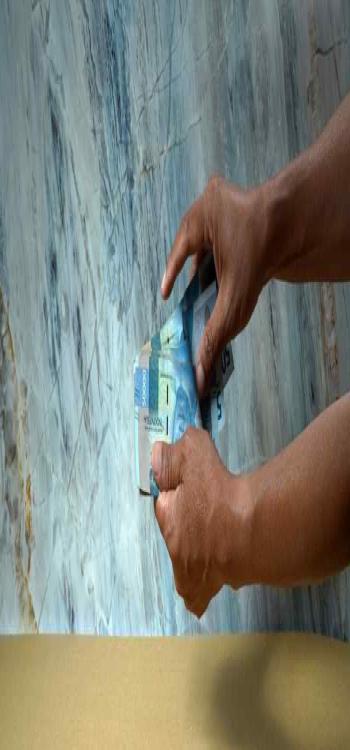
When it comes to selecting the right flooring option for your home or office, one of the crucial factors to consider is the vitrified tiles vs ceramic tiles cost. Both ceramic tiles and vitrified tiles have their unique characteristics, and understanding their cost difference can help you make an informed decision that aligns with your budget and preferences.
| Aspect | Ceramic Tiles | Vitrified Tiles |
| Initial Cost | Known for their affordability, offering a range of designs at lower prices. Ideal for budget-restricted scenarios. | Typically pricier due to advanced manufacturing with silica and quartz, enhancing durability and properties. |
| Installation Cost | Less expensive to install. Lightweight and easy to handle, they require standard adhesives, reducing labour costs. | Slightly higher installation costs due to their density and weight. Requires specialised adhesives and more effort, but offers long-term benefits. |
| Long-Term Savings | Lower upfront cost but potentially higher maintenance due to porosity, leading to stains and water absorption. Periodic sealing may increase overall costs. | Low porosity makes them resistant to stains and water, leading to lower maintenance needs and cost savings. Durability reduces the likelihood of replacement. |
| Return on Investment (ROI) | Good ROI for budget-friendly projects. Enhances aesthetics without significant financial strain. | Higher initial cost offset by long-term benefits. Durability, low maintenance, and elegant look add value to properties, offering better ROI. |
The Difference in Manufacturing Process
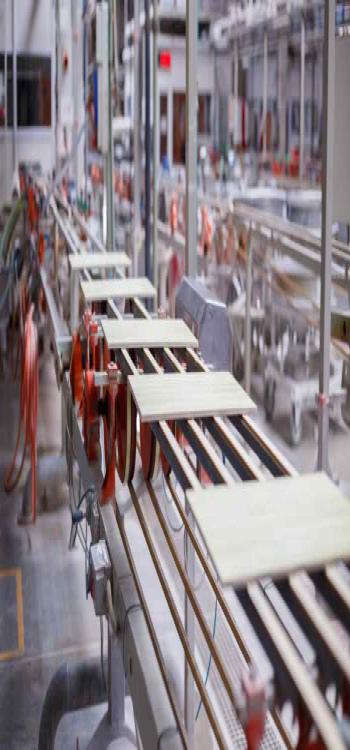
The manufacturing process of ceramic and vitrified tiles is distinct, which contributes to their differences in properties and characteristics. Let's explore the manufacturing processes of both types of tiles:
Manufacturing Process of Ceramic Tiles
- Raw Material Preparation: The process begins with the preparation of raw materials, primarily clay, along with other additives such as feldspar, sand, and other minerals. These materials are carefully selected and mixed to achieve the desired tile properties.
- Forming: The prepared mixture is then shaped into tiles through one of the following methods:
- Dry Pressing: In this method, a dry mixture is pressed under high pressure to form the tile shape.
- Extrusion: The wet clay mixture is extruded through a mold to create tile shapes with uniform dimensions.
- Slip Casting: A liquid clay mixture, known as slip, is poured into molds to form the desired tile shape.
- Drying: The formed tiles undergo a drying process to remove excess moisture and prepare them for firing. This step is crucial to avoid deformities and cracks during firing.
- Firing: The dried tiles are then fired in kilns at high temperatures, typically between 900°C to 1200°C (1652°F to 2192°F), depending on the type of clay and desired finish. The firing process transforms the clay into a hard, durable material.
- Glazing (Optional): After the initial firing, ceramic tiles can be coated with a glaze to add a protective layer and enhance their appearance. Glazing also allows for a variety of colours and finishes.
- Second Firing (Optional): Glazed ceramic tiles undergo a second firing at lower temperatures to set the glaze and fuse it with the tile surface.
- Quality Control and Packaging: After the firing and glazing processes (if applicable), the tiles undergo thorough quality control checks to ensure they meet industry standards. Once approved, the tiles are packaged and ready for distribution.
Manufacturing Process of Vitrified Tiles
- Raw Material Selection: The process begins with selecting high-quality raw materials, including clay, feldspar, silica, and other minerals. The composition of these materials is carefully balanced to create vitrified tiles with low water absorption and high strength.
- Mixing and Grinding: The selected raw materials are mixed and ground into a fine powder to achieve a consistent blend.
- Pressing: The powdered mixture is pressed under high pressure into tile molds to obtain the desired shape and dimensions.
- Drying: The pressed tiles undergo a drying process to remove moisture and increase their strength.
- Firing: The dried tiles are fired at extremely high temperatures, usually above 1200°C (2192°F), to trigger the vitrification process. During this firing, the particles in the tile melt and fuse, creating a dense, non-porous, and glass-like surface.
- Polishing (Optional): Some vitrified tiles undergo a polishing process to achieve a glossy finish, enhancing their visual appeal.
- Quality Control and Packaging: After firing and optional polishing, the tiles undergo rigorous quality checks to ensure they meet industry standards. Once approved, the tiles are packaged and ready for distribution.
Note: The manufacturing process plays a significant role in determining the properties and characteristics of both ceramic and vitrified tiles. The vitrification process in vitrified tiles results in low porosity and higher strength, making them more durable and resistant to water and stains compared to traditional ceramic tiles.
Advantages of Ceramic Tiles vs Vitrified Tiles
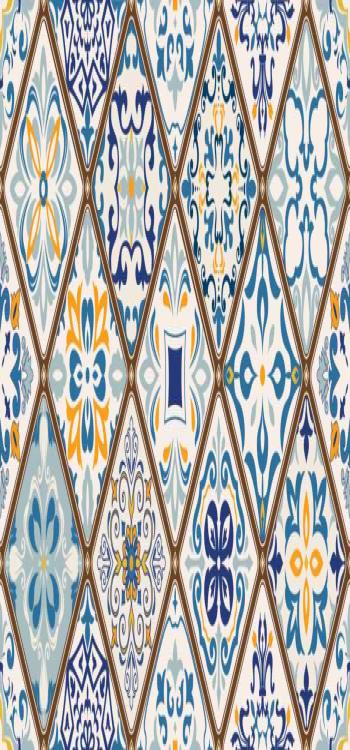
Here are some common advantages of ceramic tiles vs vitrified tiles:
- Aesthetic Appeal: Ceramic tiles come in a wide array of colours, patterns, and designs, allowing you to create a unique and visually appealing space that suits your style.
- Budget-Friendly: If you are on a tight budget, ceramic tiles are a cost-effective flooring option that provides a beautiful finish without breaking the bank.
- Easy Installation: Ceramic tiles are relatively easy to install, which can save you on labour costs if you choose to handle the installation yourself.
- UV Light-Resistance: Ceramic tiles maintain their colour and do not fade when exposed to sunlight, making them suitable for areas with natural light exposure.
- Slip-Resistance: Some types of ceramic tiles come with slip-resistant properties, making them a safer choice, especially for wet areas like bathrooms and kitchens.
- Water-Absorption Options: You can select ceramic tiles with low water absorption for better performance in areas with moisture exposure.
Advantages of Vitrified Tiles vs Ceramic Tiles
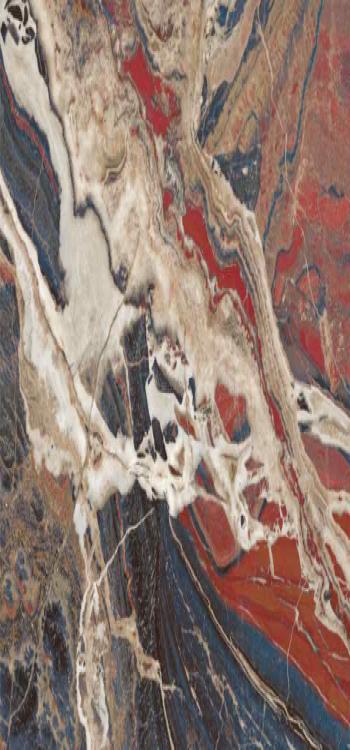
Here are some common advantages of vitrified tiles vs ceramic tiles:
- Durability: Vitrified tiles are highly durable and can withstand heavy foot traffic, making them ideal for commercial spaces and areas with high usage.
- Low Maintenance: The low porosity of vitrified tiles makes them easy to clean and maintain, requiring minimal effort to keep them looking pristine.
- Stain-Resistance: Vitrified tiles are less prone to stains due to their low water absorption, making them an excellent choice for spaces where spills are common.
- Versatility: Vitrified tiles are available in various finishes, including those that resemble natural stone or wood, giving you a wide range of design options.
- Longevity: The durability of vitrified tiles ensures they retain their appearance and structural integrity for an extended period, reducing the need for replacements.
- Suitable for Indoor and Outdoor Use: With their low water absorption, vitrified tiles can be used both indoors and outdoors, adding to their versatility.
How Can NoBroker Help?
In conclusion, understanding the differences between ceramic and vitrified tiles can help you make an informed decision when choosing the right flooring option for your space. Ceramic tiles offer budget-friendly versatility and aesthetic appeal, making them an excellent choice for areas with light to moderate foot traffic. On the other hand, vitrified tiles' enhanced durability, low porosity, and resistance to water and stains make them ideal for high-traffic areas and spaces exposed to moisture.
Whether you opt for ceramic or vitrified tiles, creating your dream space can be made easier with the assistance of NoBroker's interior services. Their platform offers a hassle-free experience in finding properties that suit your specific preferences, including those with the perfect tiles for your needs. From budget-friendly options to high-end designs, NoBroker's comprehensive database ensures you discover the ideal flooring solution for your home or office. Make the most of their professional services to transform your space into a beautiful, functional, and personalized environment.

FAQ's
Yes, vitrified tiles are generally more expensive than ceramic tiles. The advanced manufacturing process, higher durability, and enhanced properties of vitrified tiles contribute to their higher price point.
Yes, vitrified tiles are an excellent choice for outdoor spaces due to their low water absorption and high resistance to weather conditions. They can withstand exposure to sunlight, rain, and temperature variations without fading or deteriorating.
Regular maintenance is essential for ceramic tiles. To prolong their lifespan, clean them regularly with mild detergent and water. Periodic sealing is also recommended to preserve their appearance and prevent stains.
Yes, vitrified tiles are highly durable and can withstand heavy foot traffic, making them ideal for high-traffic areas, including commercial spaces, offices, and retail establishments.
While some DIY enthusiasts might choose to install tiles themselves, it is recommended to seek professional assistance for a flawless finish and to ensure the tiles are properly aligned and securely adhered to. Professional installation helps avoid potential issues such as uneven tiles and improper grouting.
Vitrified tiles' disadvantages include their higher initial cost and the colder sensation they impart underfoot, potentially less comfortable in colder environments without underfloor heating.
Ceramic tile reviews often highlight their durability, noting they maintain appearance and function well over time with proper care.
Ceramic tiles excel in versatility, commonly used as kitchen backsplashes, bathroom walls, and creative mosaic flooring.
Loved what you read? Share it with others!
Most Viewed Articles
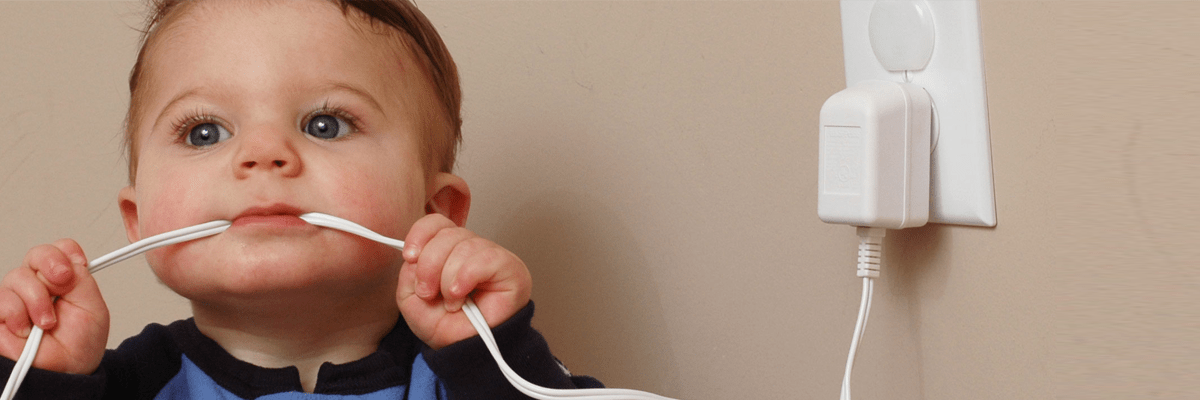
15 Safety Rules at Home for Kids
May 18, 2020
415886+ views
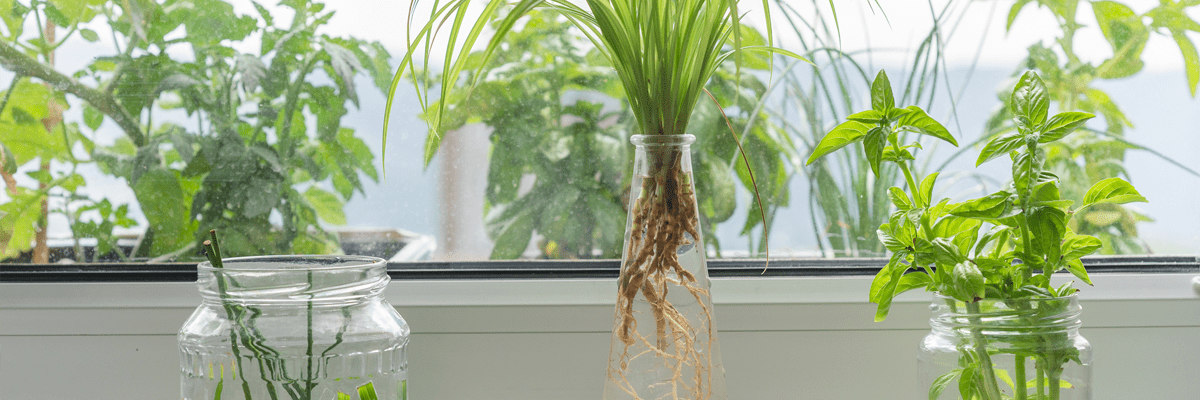
Plants That Need Only Water to Grow and How it is Different from Hydroponics
July 27, 2023
121050+ views

The Ten Most Effective Ways to Get Rid of those Buzzing Houseflies!
January 31, 2025
31746+ views

Kutcha House - Construction, Purpose and Significance!
January 15, 2025
31141+ views
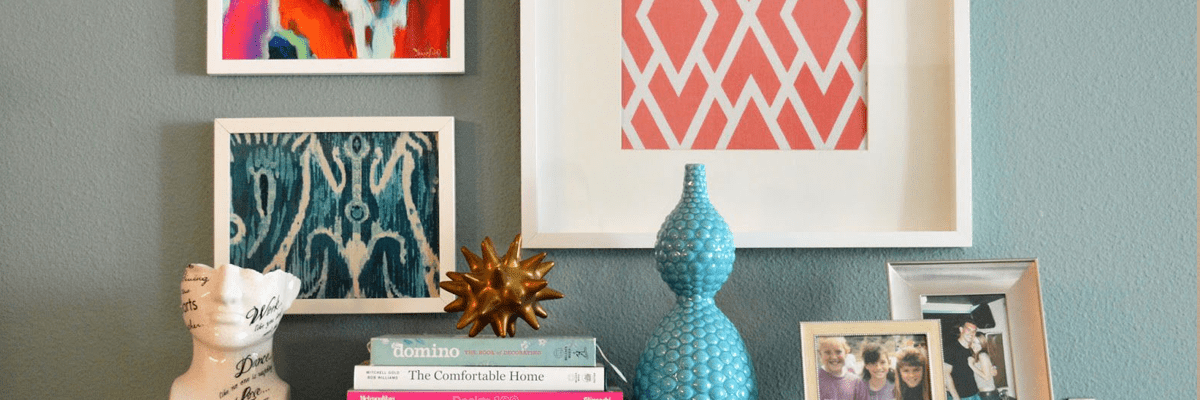
Best Out-of-Waste Ideas to Decorate Your Home
January 31, 2025
26032+ views
Recent blogs in
5 Budget-Friendly Ways to Decorate Your Balcony
January 31, 2025 by NoBroker.com
How to Keep Your House Smelling Good All the Time?
January 31, 2025 by NoBroker.com
DIY Christmas Decoration: Tree Craft and More
January 31, 2025 by NoBroker.com
The Best Flowering Plants for Indian Winters 2025
January 31, 2025 by NoBroker.com
Lohri 2025: The Importance and Significance Of Lohri Festival
January 31, 2025 by NoBroker.com




Join the conversation!